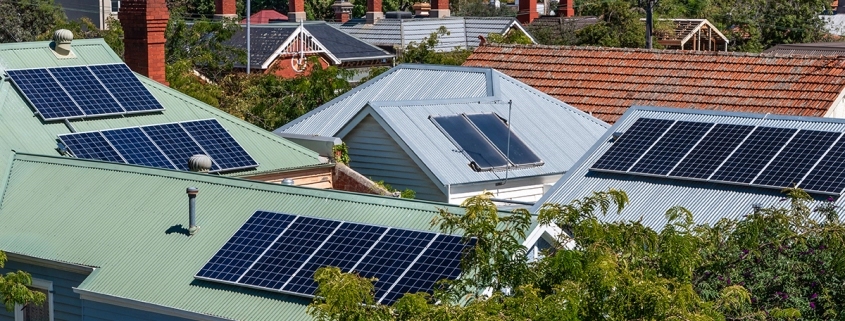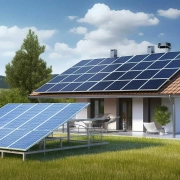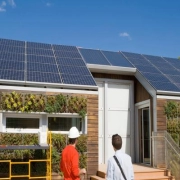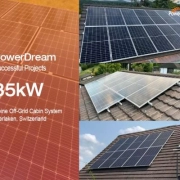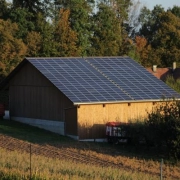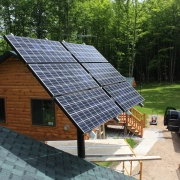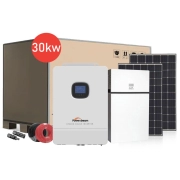How to solve the overheating problem of off grid home solar system?
One issue many homeowners face with off grid home solar system is overheating, which can affect efficiency and safety if not addressed. These systems often overheat due to various factors, including high ambient temperatures, poor ventilation, and a lack of integrated cooling technology in the system design. To understand the root cause of overheating, you must examine how each component interacts with thermal energy. Solar panels are designed to absorb light and convert some of it into heat. In a closed system, this heat can accumulate due to insufficient airflow or heat dissipation, affecting the performance of nearby batteries and electronic controllers, which can be sensitive to temperature fluctuations. In addition, many off grid home solar systems are installed in locations with high ambient temperatures, further exacerbating the problem.
Off grid Home Solar System Overheating Dynamics
Overheating occurs when the system generates heat during energy conversion and use faster than it can dissipate it. This causes internal temperatures to rise, reducing the overall efficiency of the off-grid home solar system and, in some cases, even damaging components. This problem is particularly prominent in the hot summer months.
Various factors influence the overheating dynamics of an off grid home solar system. The quality and quantity of solar panels directly determine the energy output and the excess heat that operators must manage. Panels made from less efficient materials by some suppliers may generate more heat during energy conversion. In addition, the configuration and spacing of these panels can significantly affect airflow, generating increased heat when there is not enough space for natural convection.
In addition, solar batteries are the most temperature-sensitive components, and excessive heat can shorten their service life and lead to potential hazards such as thermal runaway. Charge controllers, which regulate the energy flow between the solar panels and the batteries, are also prone to performance issues under sustained high temperatures, which can have a knock-on effect.
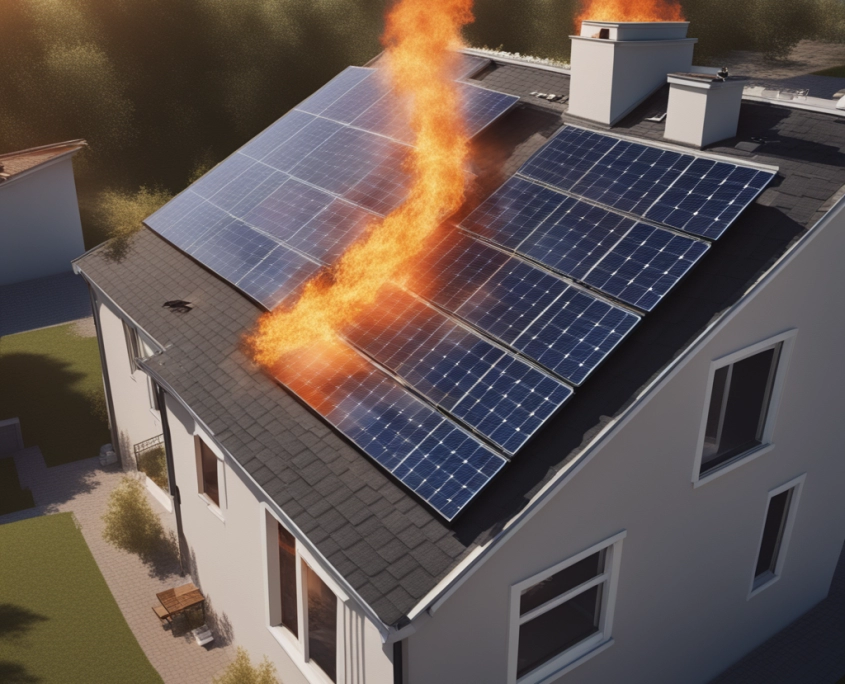
Proper Ventilation Design for Off Grid Home Solar Systems
Adequate ventilation is the first defense against overheating in an off grid home solar system. Battery packs and power electronics generate heat during operation, requiring continuous airflow to dissipate the heat. Install your equipment in a well-ventilated space with at least 6-12 inches of clearance on all sides. You can install passive ventilation devices such as louvered vents at high and low points in enclosed areas to create natural convection. Consider using solar exhaust fans that activate when temperatures exceed a safe threshold in extreme climates. Many homeowners have successfully reduced unit temperatures by 15-20 degrees Fahrenheit simply by applying a light, reflective coating to the housing and ensuring a good air circulation path around all components.
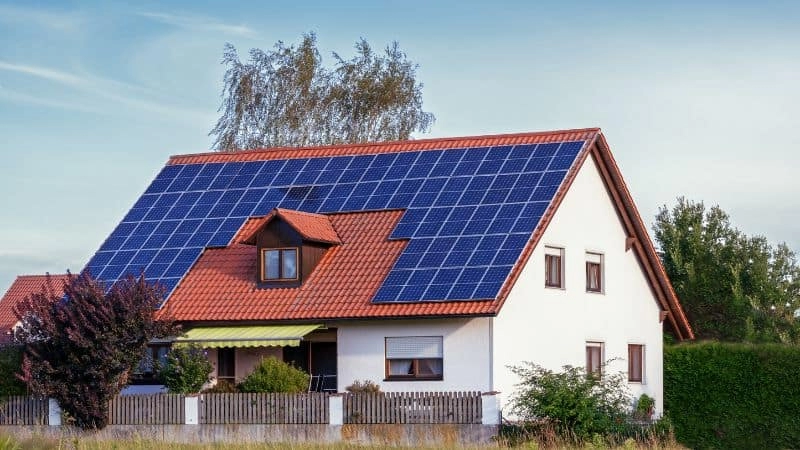
Choose the right location for your installation
Where you place the different components of your off grid home solar system can significantly affect operating temperatures. Avoid mounting batteries and inverters in direct sunlight or near heat sources such as generators or water heaters. South-facing walls often become heat traps; choose a shaded, north-facing location. Elevate the unit at least 4 inches, as concrete floors will dissipate stored heat. For the solar panels, maintain 3-4 inches of airflow space under the components to prevent heat buildup that reduces efficiency. Some homeowners have built “solar sheds” specifically for the system components with shade and proper ventilation, keeping them more remarkable than if installed in a garage or basement while protecting them from inclement weather.
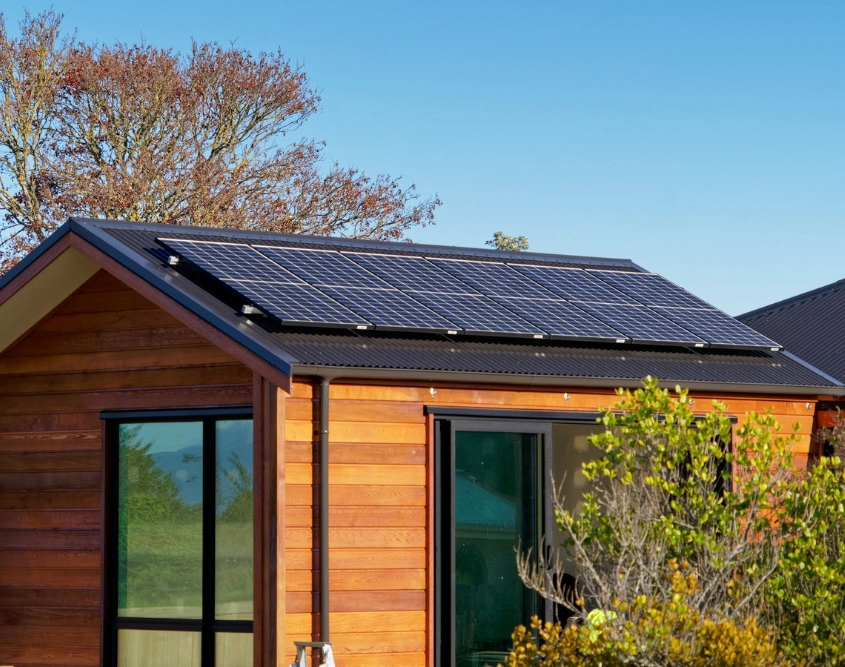
Monitor temperatures
A robust temperature monitoring system can help prevent overheating and damage to your off grid home solar system. Install digital temperature sensors on the battery terminals, inverter heat sink, and charge controller, and connect them to the central display or smartphone app for real-time monitoring. Innovative systems automatically reduce the charging current when temperatures reach dangerous levels or start cooling fans. For solar arrays, make sure your BMS includes temperature compensation capabilities. You can use simple infrared thermometers to manually check the surface of the equipment regularly and compare the readings to the manufacturer’s specified maximum operating temperature. Recording temperature trends can help detect problems before they cause failures, significantly when the environment changes rapidly as the seasons change.
Setting Optimal Charging Parameters
Adjusting the charging strategy of your off grid home solar system can help control heat generation. Reduce high current charging during peak temperature periods. Most good charge controllers let users set temperature compensation voltages and automatically make these adjustments. For lead-acid batteries, the absorption voltage should be reduced by 0.003V for every 1°C increase in temperature above 25°C (77°F) to prevent excessive gassing and heat buildup. BARANA’s lithium battery systems usually have temperature management built in, but ensuring appropriate charge current limits can prevent throttling caused by the BMS on hot days. Meanwhile, BARANA inverters offer an “Eco-Mode” that slightly reduces power output in hot weather to maintain safer operating temperatures. These adjustments can reduce internal temperatures by 10-15°F (10-15°F) with minimal impact on daily energy collection.
Maintaining Optimal Performance
As off-grid solar technology advances, new solutions are emerging to address thermal challenges. Combining proper installation, intelligent monitoring, and targeted ventilation design allows most homeowners to keep critical components within safe operating ranges even in extreme weather. While occasional temperature fluctuations are normal, the key is to prevent the system from continuously operating above the manufacturer’s recommended maximum.

